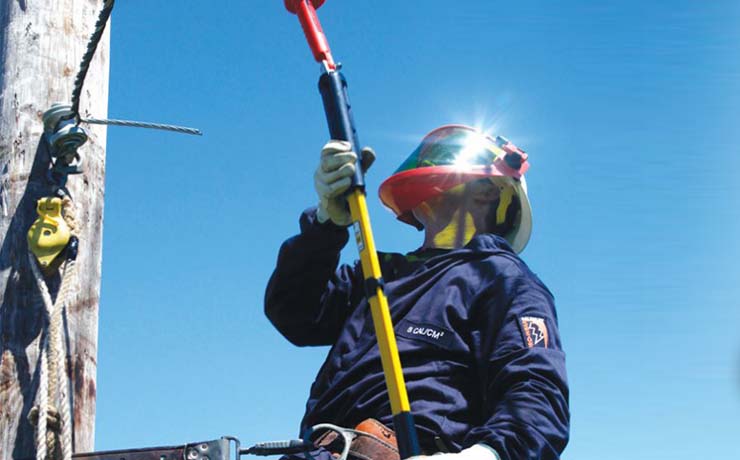
High voltage situations can be extremely dangerous if precautions are not taken before commencing work and risks are not managed properly. With recommendations that non-contact voltage testers are used to assess whether electrical situations are live or dead.
Non-contact voltage testers are not new to the market but are a quick and inexpensive way to sense whether there is a live current on a circuit, without getting too close and putting yourself and others in harm’s way when you are unaware of the current electrical situation. If precautions are not taken to reduce the risk of working in high voltage situations, harm can occur to both the worker and the surrounding area, that could possibly result in electrocution or electrical explosions.
The Modiewark non-contact & contact voltage tester has regularly been used by industry professionals since the early 70’s, with its utilisation of new technology ensuring it is the safest solution on the market for detecting high voltage situations. With a unique switching action allowing for the identification of alternating currents at a distance between 200mm and 300mm from a voltage source from 110 volts to 750,000 volts.
The Modiewark non-contact & contact voltage tester was initially used as a proximity device to determine live or dead electrical situations, and later evolved into a touch device to verify when the tester has physically reached the AC field around designated mains during the testing process. It is regularly used to find faults in flexible cables, tracking live wires above and below ground at URD test points, checking equipment grounding, and can be used in temperatures ranging from -10 to 65 degrees celsius. It also has a voltage sensing range from 50V AC to 750V AC and sound is sourced via an electromagnetic piezo 85dB at a 5cm range. With such a unique sensor, it allows the unit to run directional checks such as checking for low voltage when high voltage is nearby, and it can check for induced voltage on isolated conductors by increasing the overall sensitivity.
The Modiewark non-contact & contact voltage tester is commonly used in utilities and substation environments, as well as throughout the rail and tunnel networks when electrical work or repairs are being completed. For more information on the Modiewark non-contact & contact voltage tester reach out to an IPD representative today or visit the website: https://resources.ipd.com.au/Modiewark/